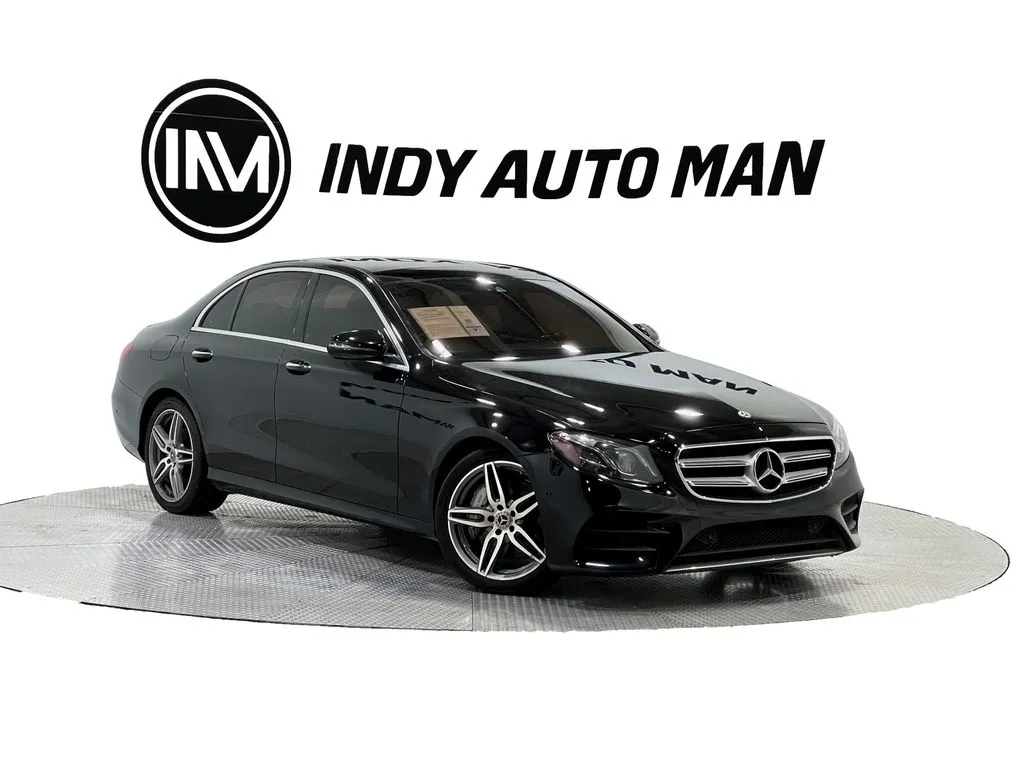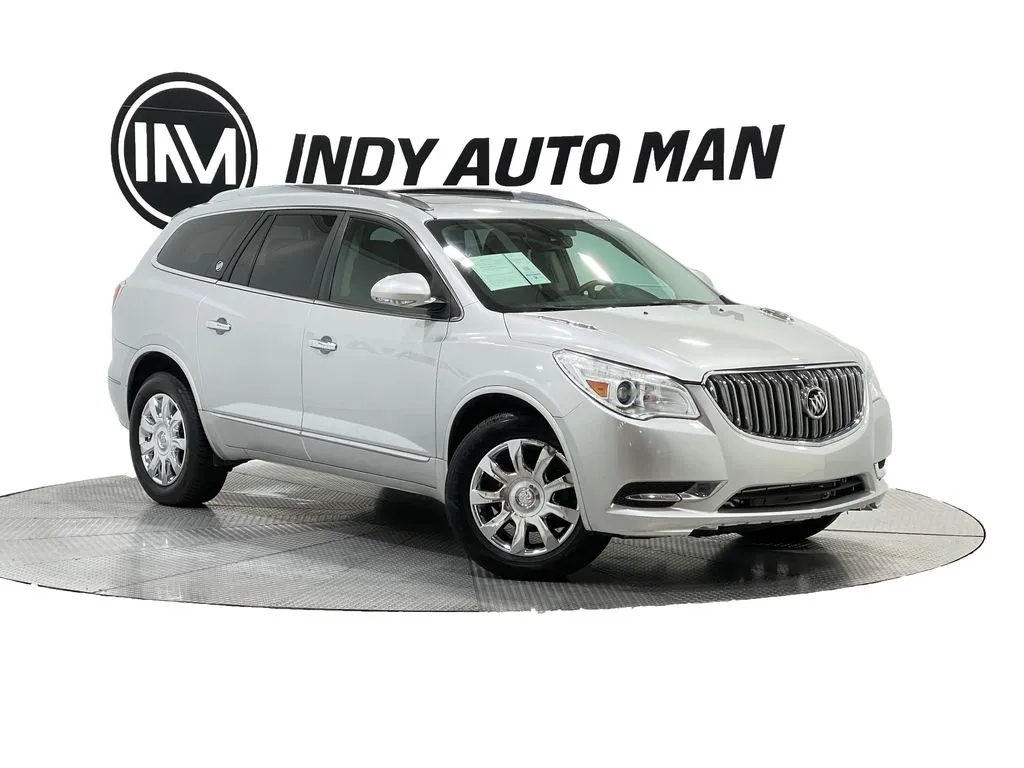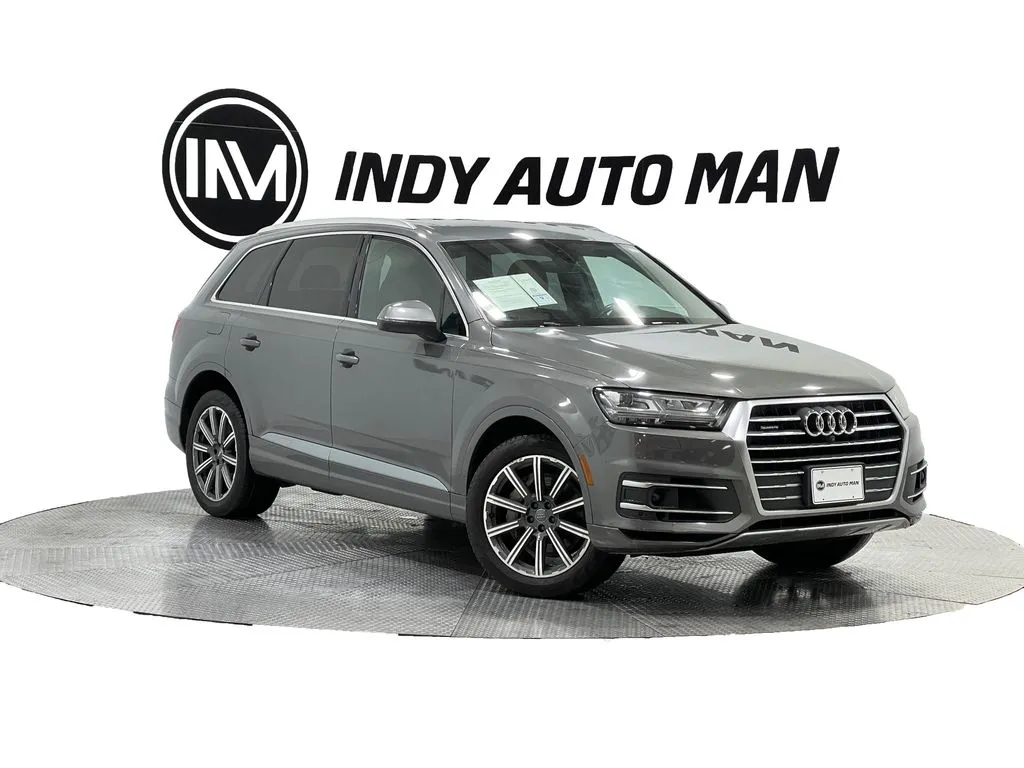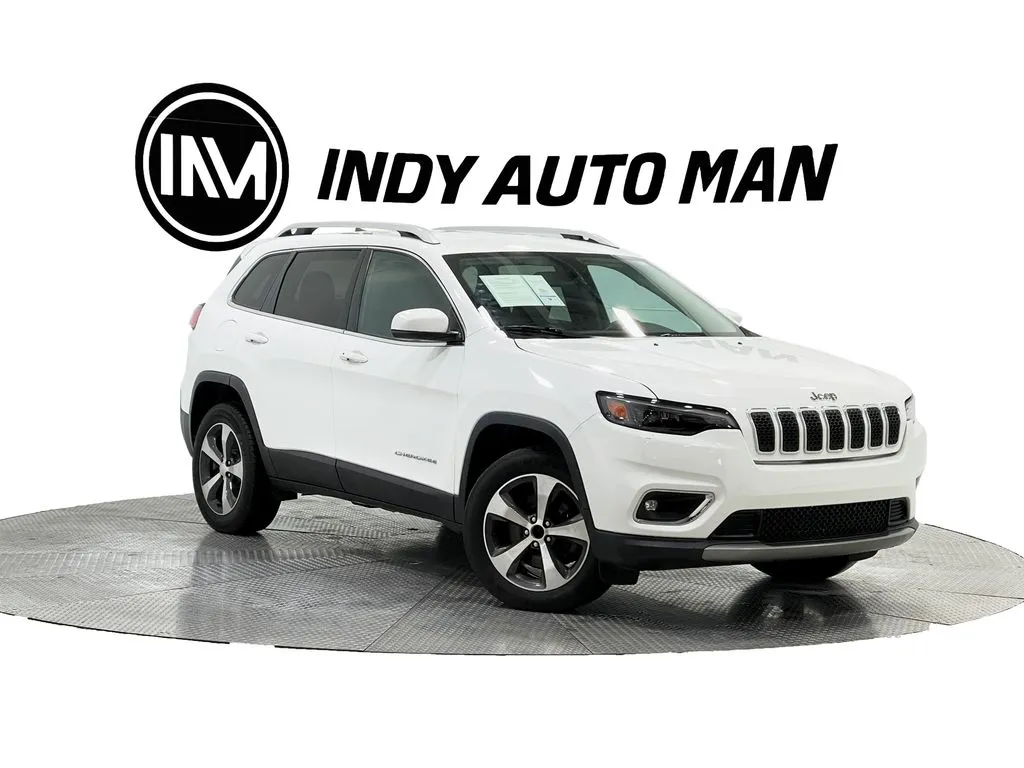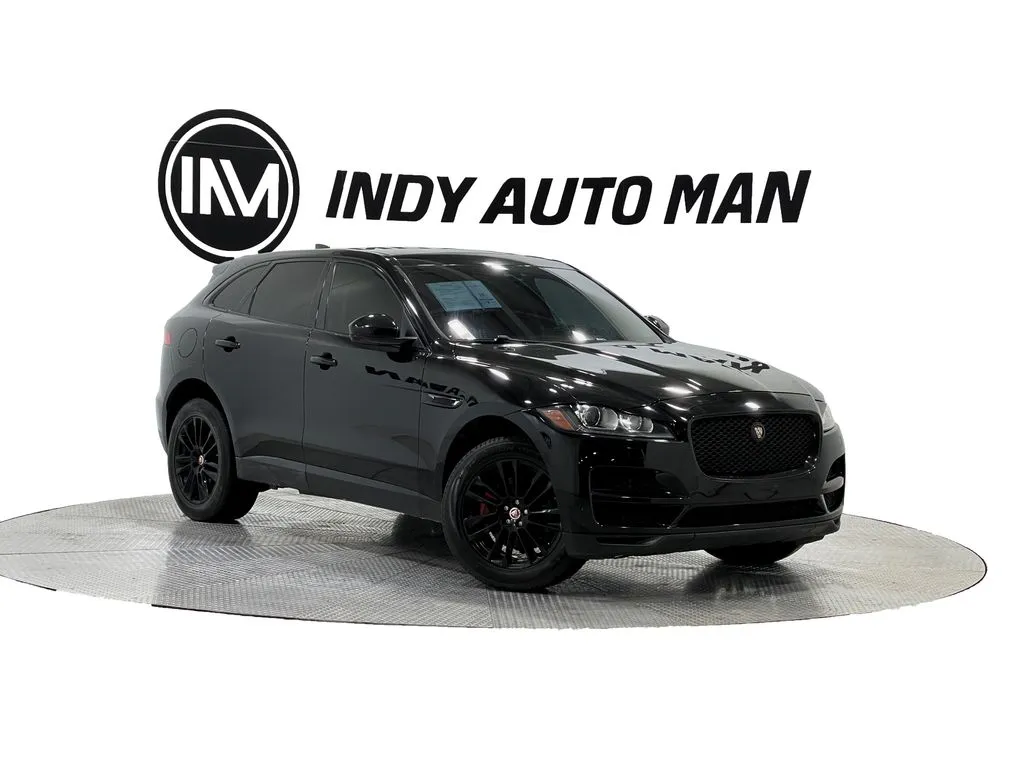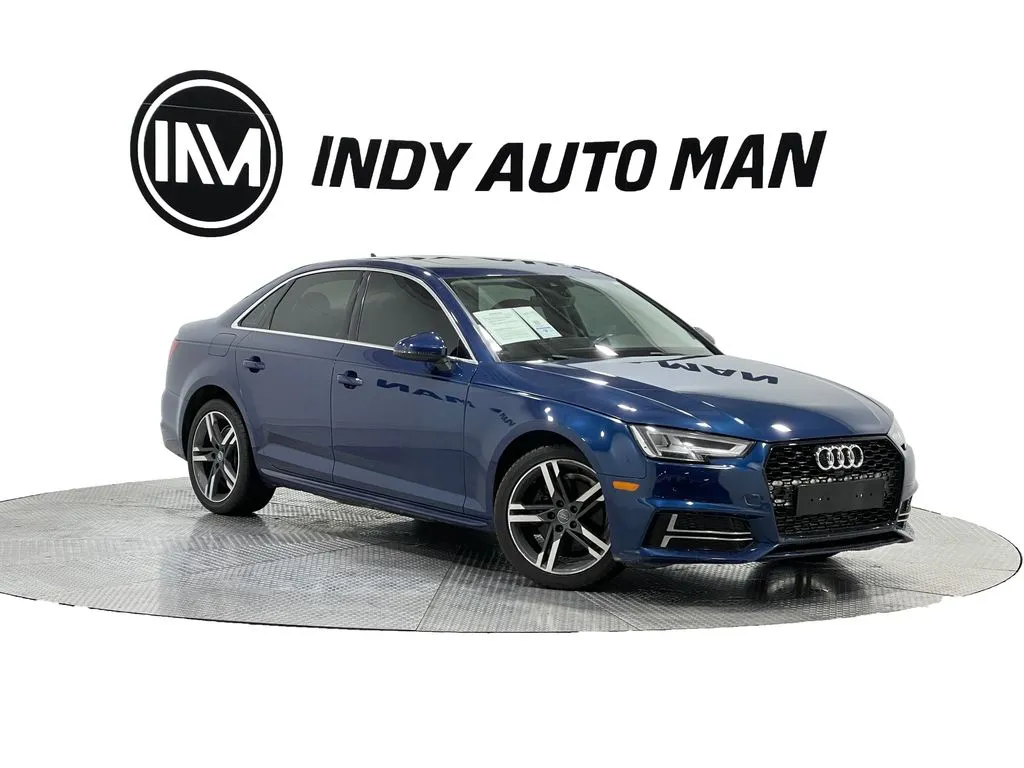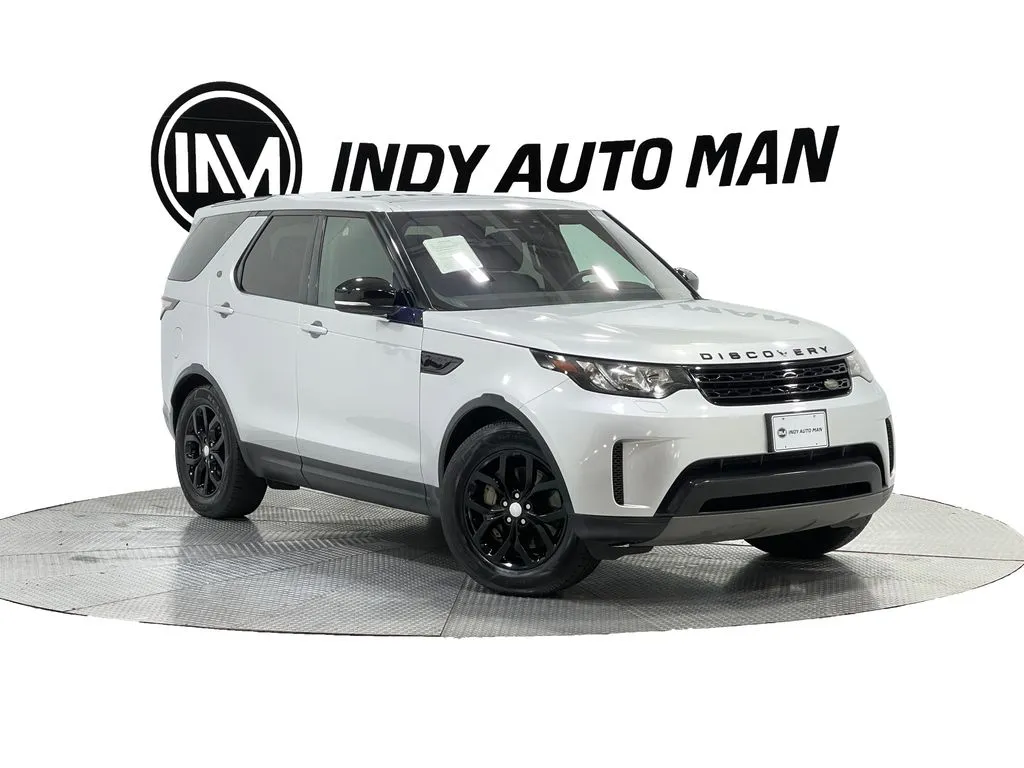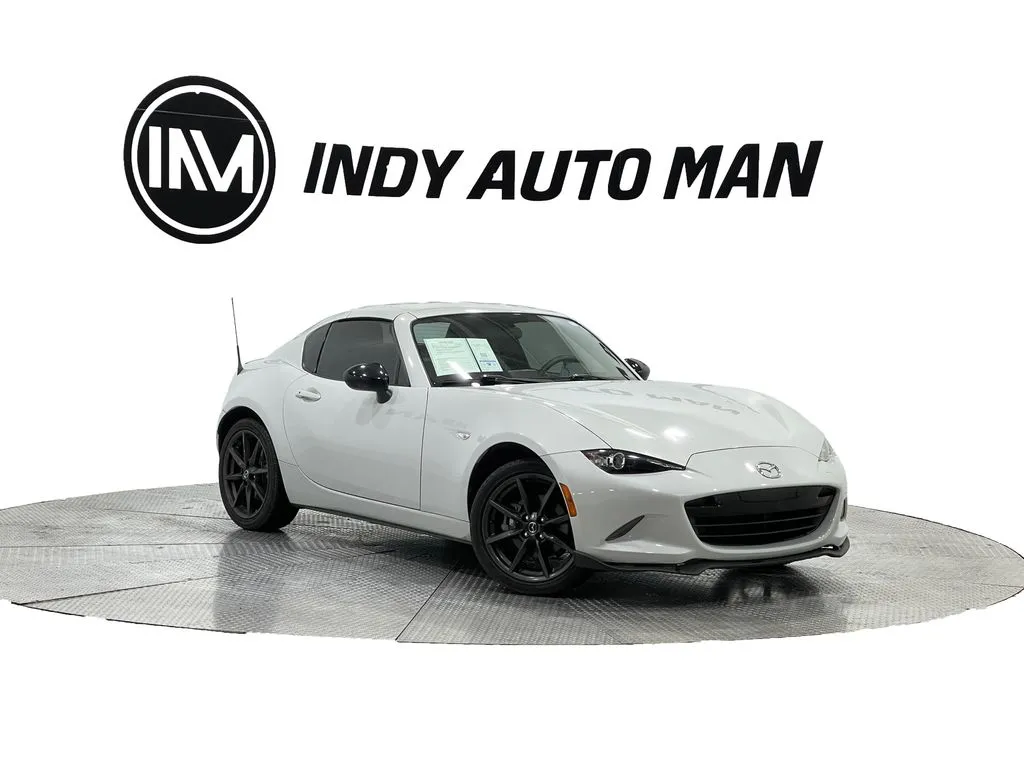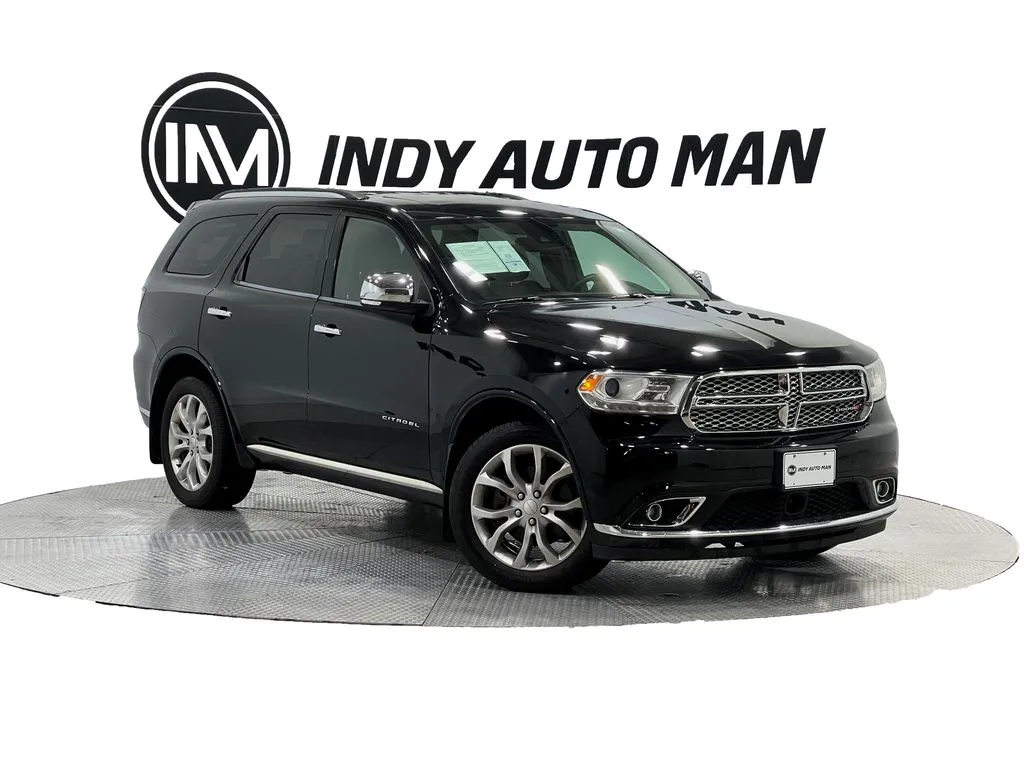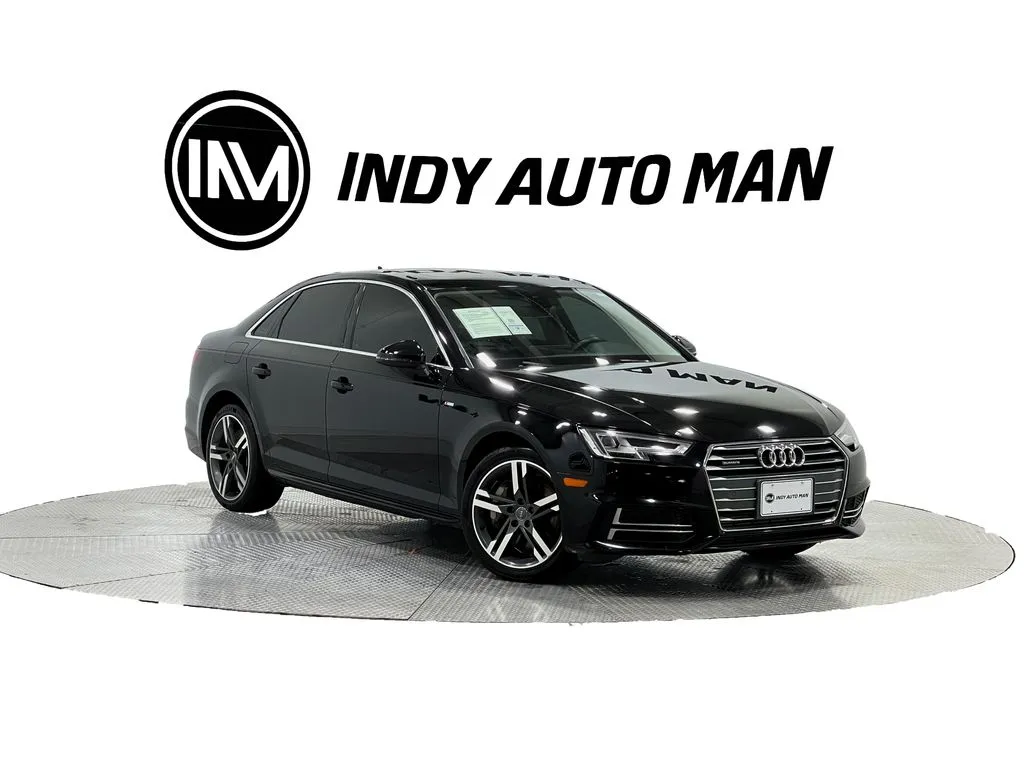What Car Should I Buy?

What Car You Should Buy
Used car inventoryAccording to statistics, an average driver in the US keeps a car for about seven years. This is a serious period, so the vehicle should be as comfortable, reliable, and profitable as possible. At Indy Auto Man, there are 300+ used cars to choose from. Check the availability right now!
If you feel a bit lost in a variety of options and ask “What car should I buy?”, read our car buying guide. It will help you choose the perfect car, whether you are a newbie driver or seasoned racer.
Read also our car model comparisons.
Price Category: What Is Your Budget?

The first thing to consider when deciding what car you should buy is the budget. All used cars can be roughly divided into the following categories:
- Ultra budget – up to $10,000. These are subcompacts with minimalist trim and modest equipment. Used entry-level or mid-range cars over 12 years old.
- Budget – up to $20,000 . Compact sedans and hatchbacks, inexpensive SUVs, and minivans . Used cars of the middle class aged about 5–7 years, cars of premium brands older than 10 years.
- Middle class – up to $40,000. Compact models in top trim levels, business sedans, large minivans, SUVs, and all-wheel-drive trucks. Used cars under 5 years old, top brand cars over 5-7 years old.
- Premium – from $40,000. There are almost no restrictions in the secondary market in this category: business class sedans, large crossovers, SUVs, and cars in the top trim levels.
- Luxury – from $50,000, with the average price for flagship models closer to $100,000. Luxury cars of famous brands – including exclusive models and tuning versions. Among the second-hand ones, you can find really affordable models and also small-scale cars produced with a circulation of up to 1,000 copies.
Energy Sources: What Car Should I Buy in 2022?
In 2022, you can choose from three types of cars:
- Traditional internal combustion engines are still the most popular. Apart from the other characteristics, they are the least expensive but require high fuel and maintenance costs.
- Electric cars cost twice as much for similar performance, but the their operation is 4-5 times cheaper compared to gasoline models, which makes them a good choice for short trips in big cities like Indianapolis.
- Hybrid vehicles combine two types of drive – an internal combustion engine and an electric motor. They cost 1.5 times more than conventional cars, and their operation cost is 25-30% less. The hybrid drive makes the car more economical and reliable, although it creates some maintenance difficulties. Read hybrid vs. electric cars comparison .
What Kind of Car Fits Your Lifestyle?

When thinking about what car you should buy, provide for the scenario of its use in advance – work, family trips, active off-road adventures, and so on. Let’s consider the pros and cons of the most popular body types:
- Sedan – 4 doors, separate luggage compartment. Advantages: safety, good handling, and better sound insulation. Disadvantages: low maneuverability and small trunk volume.
- Hatchback – a short rear overhang, the trunk lid opens with the rear windshield. Pluses: compact, maneuverable, you can fold the seats. Cons: worse insulation, warms up the interior longer.
- Wagon – overhang like a sedan, trunk lid like a hatchback. Advantages: roomy trunk, increased carrying capacity. Disadvantages: more expensive, heavier, consumes more fuel.
- Coupe – a shortened interior, one door on each side. Pros: weighs less, suitable for dynamic driving. Cons: there is little space in the back row of seats.
- Minivan – a station wagon with a high roof and the third row of seats. Pluses: you can carry up to 7-8 people. Minuses: heavy, worse controlled, lower maneuverability.
- SUV – sport utility vehicle based on a hatchback or station wagon, adapted for off-road. Advantages – more spacious, less sensitive to the quality of the road. Disadvantages – more expensive, heavier, consumes more fuel.
- Pickup truck – a passenger car with an open platform for cargo. Advantages: you can transport large goods. Disadvantages: high fuel consumption and large size.
- Convertible – a car with an open top. Pluses: a feeling of freedom when driving. Cons: lower level of safety, interior upholstery quickly gets dirty and wears out.
Fuel Type
- Gasoline engines, on average, are more powerful. They are easier to maintain, start at low temperatures, and are less demanding on fuel quality.
- Diesel gives higher torque – they pull ahead during acceleration but are inferior in maximum speed. Such motors are more reliable and economical.
- There are also vehicles running on compressed and liquefied gas. The cost of their fuel is much lower – by 15-35%. But re-equipment removes the warranty from the machine (except for installation at a certified service station). In addition, the gas installation is expensive and takes up a lot of space in the trunk.
Transmission
- A manual transmission is cheaper. It helps save fuel and lasts much longer. In addition, maintenance costs are usually low.
- An automatic transmission improves comfort, so you can focus on the road without thinking about changing gears. But it is more expensive and requires frequent maintenance.
- CVT – an automatic kind, gradually changing the gear ratio. It is better for the city due to smooth accelerations. But on the highway, many drivers get bored with the engine buzzing at constant speeds.
- A robotic gearbox is controlled by an electronic unit and combines the comfort of an automatic transmission with the economy and dynamics of a manual one. Its only disadvantage is the high price.
Drivetrain
- Front-wheel-drive cars are cheaper and easier to drive – it is handier when you need to stop a skid.
- Rear-wheel-drive cars are more dynamic and agile. But the price is higher, and you need to remember the ease of skidding and consider additional maintenance costs.
- All-wheel drive vehicles are characterized by increased cross-country ability and safety on slippery roads. But they are much more expensive, harder to repair, and use more fuel.
Power
Modern technology allows squeezing a lot of horsepower (hp) from modest volumes. Therefore, when choosing a car, be guided precisely by the output of the engine:
- up to 75 hp — for a leisurely ride in the city and on highways with moderate traffic;
- 75–100 hp — for confident driving on any road;
- 100–150 hp — enough for dynamic overtaking;
- 150–200 hp — for fast acceleration and stable movement at high speed;
- 200–300 hp — for a dynamic driving style;
- From 300 hp and more – for sports driving, including on specially prepared tracks.
How Do I Decide What Car to Buy?

- Focus on the brand. Cars of the same class and price category may differ in character depending on the brand. For example, Mercedes-Benz is focused on passenger comfort, while Audi is aimed at dynamic driving.
- Specify the package. Reading the full specifications of each car is tiresome. Highlight a few points that you want to find. For example, air conditioning, leather upholstery, or cruise control.
- Remember maintenance. It is not enough to buy a car, you need to maintain it. Find out how much it costs per year – ask the dealer about the costs or consult with the reviews. Try to calculate the car mileage and fuel costs.
If you can’t decide on what car you should buy, visit the Indy Auto Man used car dealership in Indianapolis and get professional advice from one of our sales consultants. Our trained staff will help you find the best option, taking into account your budget and needs.

